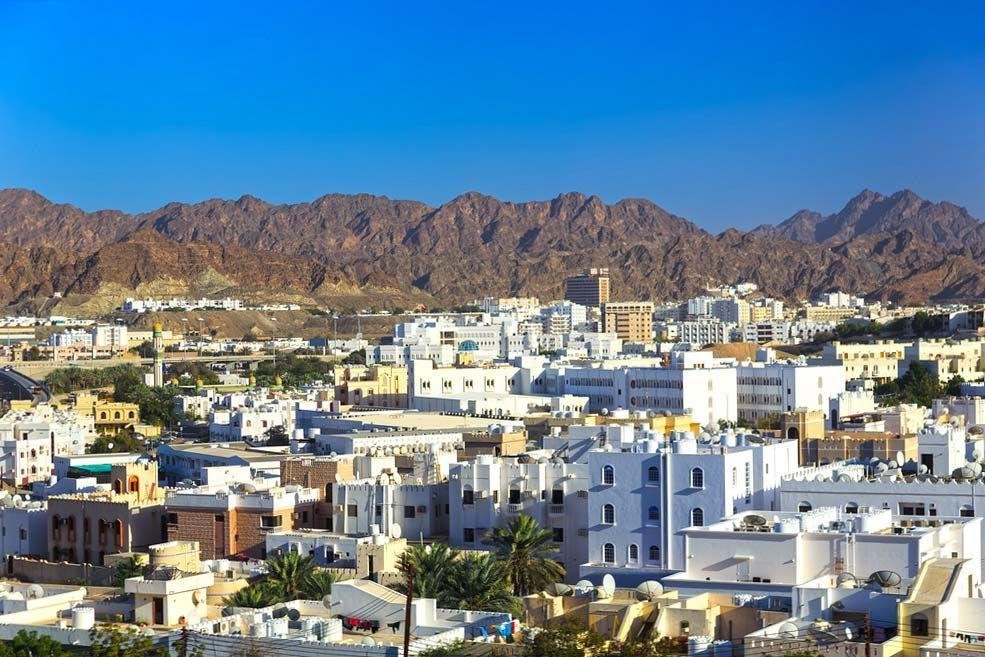Muscat, the capital city of Oman, is a captivating blend of traditional Arabian architecture and modern design, reflecti...
The Architectural Heritage of Vilnius, Lithuania
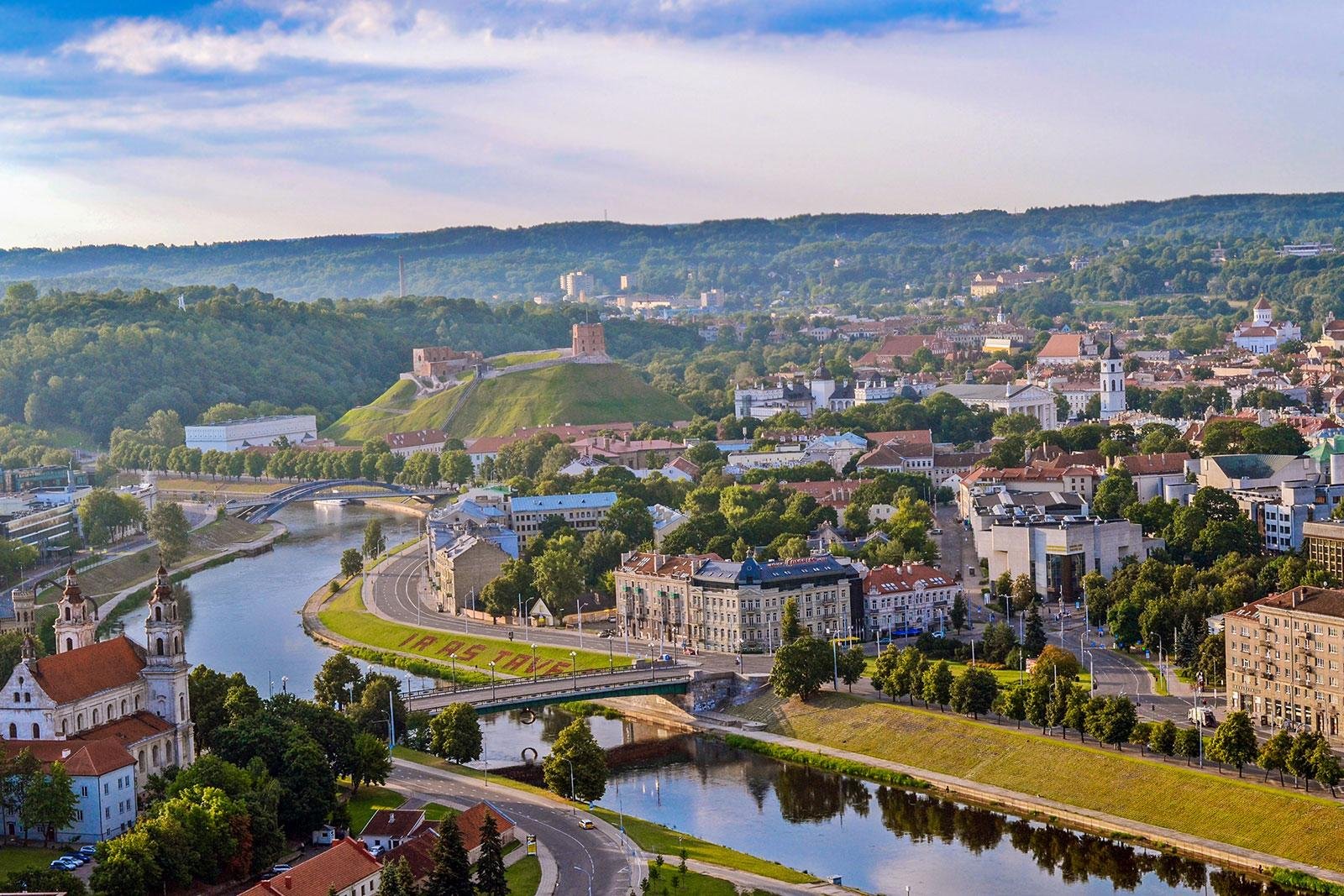
Vilnius, the capital of Lithuania, is a city rich in history and architectural diversity. Known for its well-preserved medieval old town, Vilnius boasts a unique blend of Gothic, Renaissance, Baroque, and Neoclassical architecture, making it a UNESCO World Heritage site. The city’s architectural narrative reflects its tumultuous past, including periods of Polish, Russian, and Soviet influence, which have all left their mark on its urban landscape.
At the heart of Vilnius lies the historic Old Town, characterized by its narrow cobblestone streets and stunning buildings. The iconic Vilnius Cathedral, with its stunning neoclassical façade, serves as a focal point of the city. Originally built in the 13th century, the cathedral has undergone various renovations, resulting in a harmonious blend of architectural styles. The bell tower, standing at 57 meters, offers breathtaking views of the city and its surroundings.
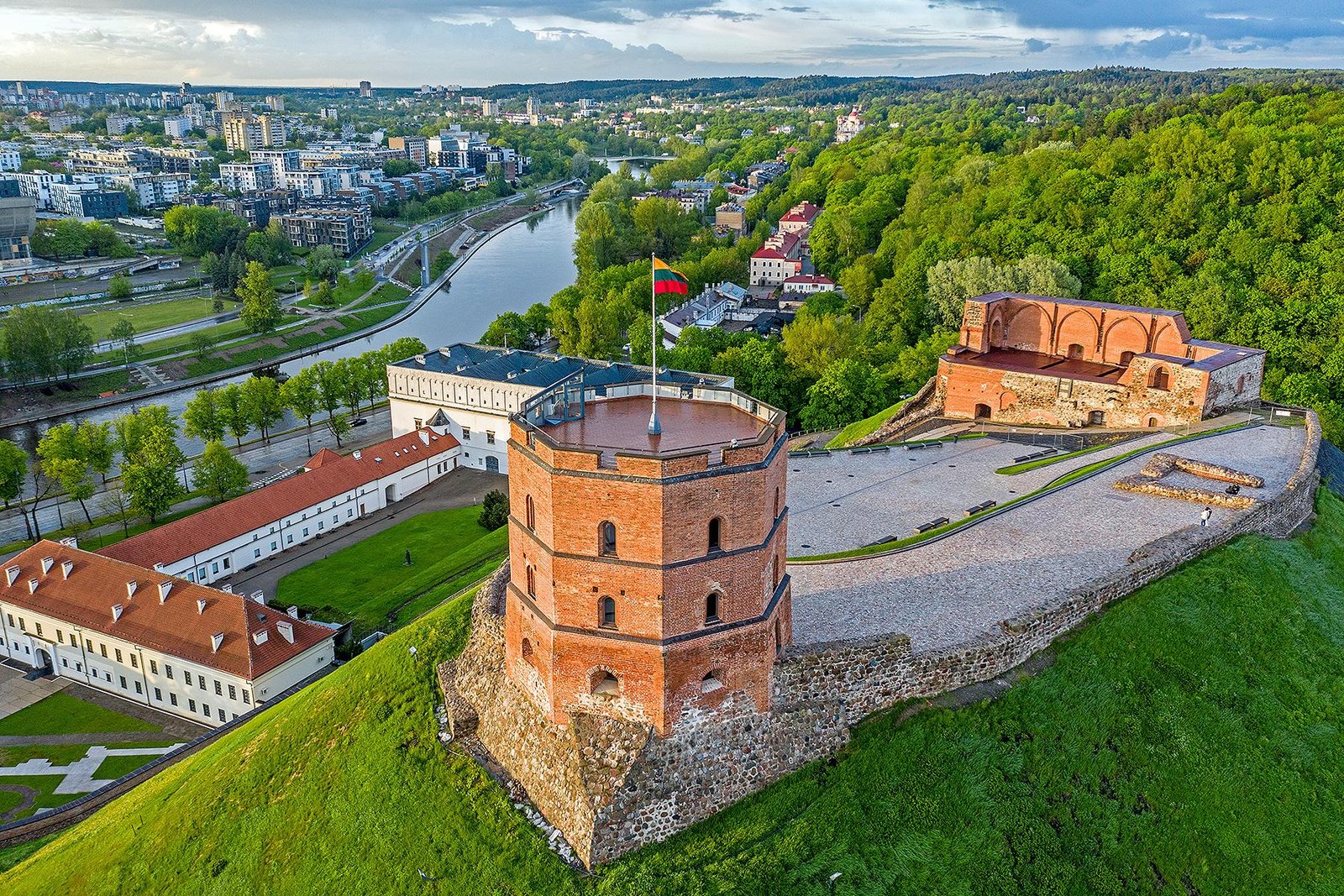
Adjacent to the cathedral is the Gediminas Castle, a symbol of Lithuanian national identity. The castle, originally constructed in the 13th century, has been restored over the years and now houses a museum that showcases the history of Lithuania. Its strategic location on a hill provides panoramic views of Vilnius, making it a popular tourist attraction.
Another architectural gem in Vilnius is the Church of St. Anne, a masterpiece of Gothic architecture. Built in the late 15th century, the church is renowned for its intricate brickwork and stunning spires. Legend has it that Napoleon Bonaparte admired the church so much that he wished to take it back to Paris in his palm. The adjacent Bernardine Church, with its Baroque influences, complements St. Anne’s with an elegant design that showcases the city’s religious heritage.
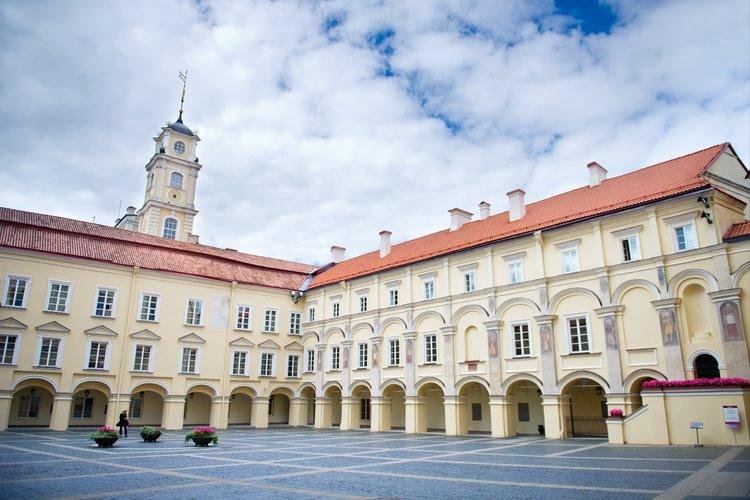
The Vilnius University complex is one of the oldest and most prestigious educational institutions in Eastern Europe. Founded in 1579, the university features a stunning blend of architectural styles, including Gothic, Renaissance, and Baroque. The university’s main building, adorned with intricate details and vibrant frescoes, reflects the rich intellectual and cultural history of the region. The university courtyard, with its serene atmosphere, offers a peaceful escape from the bustling city.
Vilnius is also known for its vibrant street art scene, which adds a contemporary layer to its historical architecture. The Užupis district, often compared to Paris’s Montmartre, is home to an artistic community that celebrates creativity and self-expression. The district features colorful murals and sculptures that reflect the spirit of freedom and individuality, showcasing the city’s evolving identity.
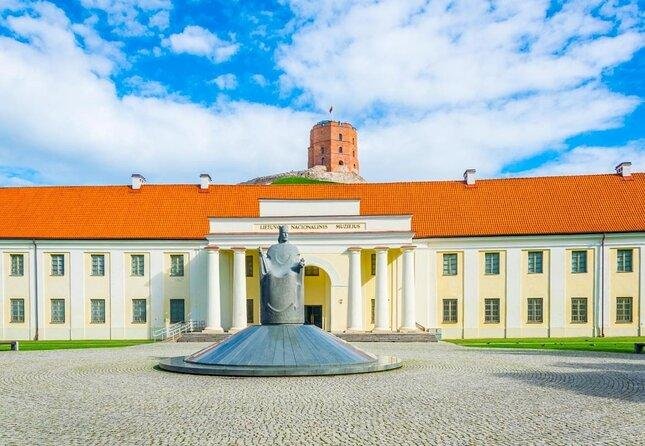
As the city expanded, modern architectural styles began to emerge alongside its historic buildings. The National Museum of Lithuania, completed in 2009, is a striking example of contemporary design. Its minimalist façade and innovative use of glass and concrete create a dialogue with the surrounding historic structures. The museum plays a crucial role in preserving and promoting Lithuanian culture, providing visitors with insights into the nation’s history.
The modern skyline of Vilnius is also marked by the Europa Tower, the tallest building in the Baltic States. Standing at 148 meters, the tower features a distinctive glass exterior and offers an observation deck with panoramic views of the city. This architectural landmark represents Vilnius’s aspirations for modernization and economic growth, as well as its integration into the global landscape.
The city’s commitment to sustainability is reflected in various urban development projects. Green spaces and parks are integrated into the urban fabric, promoting a healthy lifestyle for residents. The Vingis Park, located along the Neris River, is a popular recreational area that features walking trails, open-air concerts, and cultural events. The park’s design emphasizes ecological balance and community engagement, providing a vital space for relaxation and leisure.
Vilnius’s architectural narrative is also shaped by its rich Jewish heritage. The Jewish Quarter, once a vibrant center of Jewish life, features several synagogues and cultural sites. The Great Synagogue of Vilnius, which dates back to the 16th century, was a significant center of Jewish learning and culture. Though largely destroyed during World War II, ongoing archaeological efforts aim to preserve its memory and educate future generations about the contributions of the Jewish community to the city’s history.
The city’s architectural identity is further enriched by its cultural festivals and events. The Vilnius International Film Festival and the Vilnius Book Fair attract artists and intellectuals from around the world, showcasing the city’s vibrant cultural scene. These events often take place in historic venues, creating a unique atmosphere that blends contemporary art with the city’s rich architectural heritage.
As Vilnius continues to evolve, the preservation of its architectural heritage remains a priority for local authorities and cultural organizations. Efforts to restore and maintain historic buildings ensure that future generations can appreciate the city’s rich history. The balance between modernization and heritage preservation is crucial for maintaining Vilnius’s unique character and charm.
The influence of architecture on Vilnius extends beyond its physical structures; it also reflects the city’s cultural values and traditions. The warm hospitality of the Lithuanian people is mirrored in the design of public spaces, where locals and visitors can come together to share meals, stories, and experiences. The city’s cafes and restaurants often feature outdoor seating, inviting guests to enjoy the vibrant atmosphere while savoring traditional Lithuanian cuisine.
The historical significance of Vilnius is also celebrated through its numerous monuments and memorials. The Three Crosses, situated on a hill overlooking the city, commemorate the memory of the Franciscan monks who were martyred in the 17th century. This monumental structure serves as a symbol of resilience and faith, reminding visitors of the city’s rich spiritual heritage.
In conclusion, the architecture of Vilnius, Lithuania, is a captivating blend of historical influences and modern innovation. From the stunning Vilnius Cathedral and the Gothic beauty of St. Anne’s Church to the contemporary designs of the National Museum and the Europa Tower, the city showcases a diverse array of architectural styles that reflect its rich cultural heritage and dynamic evolution. The intricate details of the Vilnius University complex, the vibrant atmosphere of Užupis, and the commitment to sustainability all contribute to the unique character of this enchanting city.
As visitors explore the architectural wonders of Vilnius, they are transported through centuries of history, experiencing the layers of culture that have shaped this vibrant capital. Each building tells a story, revealing the aspirations and achievements of the people who have called Vilnius home throughout the ages. With its stunning architecture and lively atmosphere, Vilnius continues to captivate the hearts of all who visit, inviting them to discover the rich narratives woven into its urban landscape. The seamless integration of tradition and modernity ensures that Vilnius remains a fascinating destination for those seeking to experience the beauty and complexity of its architectural heritage.
Share:

